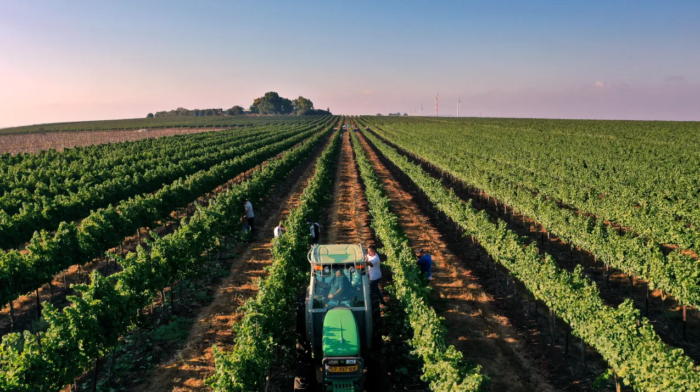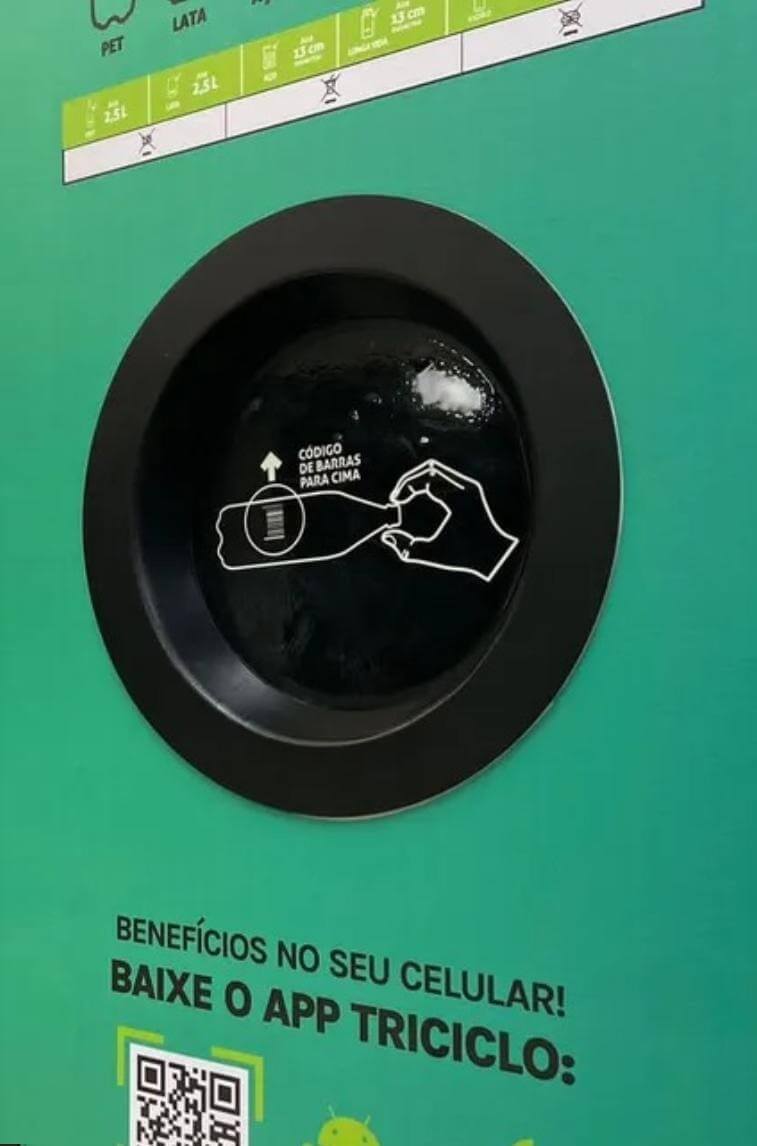Veja by Ernesto Neves - 08/18/2023

By Writing Team
Posted in August 21, 2023

Ecological vineyard in Ramat Sirin, Israel: bioinputs are already a reality in the small Middle Eastern country (Photo: Getty/Getty Images)
They are living organisms, such as bacteria, insects, or plants, used to improve soil fertility or for pest control.
In the face of the climate crisis that is causing increasing losses to agriculture and the pressure from markets for more nature-friendly production methods, an agricultural technique is gaining ground by combining high efficiency with environmental protection.
These are bioinputs, a term used for a series of products composed of living organisms, including insects, bacteria, or plants, capable of reintroducing the microorganisms that have been lost over the years due to the intensive use of pesticides and fertilizers.
The technique gained momentum during the Ukraine War in 2022 when the country faced inflation in fertilizers, a product mainly produced by Russia and Belarus. Today, the country imports almost 70% of the fertilizers used in the field.
In February of this year, there was further encouragement as the Chamber of Deputies approved legislation that simplifies the rules for producer registration.
Ambipar, which counts model Gisele Bündchen among its partners, produces bioinputs by reusing materials such as eucalyptus bark, a waste product from cellulose production.
Today, the company utilizes waste from industry giants like Klabin to produce high-value bioinputs, which are now used in the recovery of degraded lands.
In the case of Klabin’s factories in Ortigueira and Monte Alegre, Paraná, alone, over 200,000 tons of waste are diverted from landfills annually for new purposes.
Ambipar also carries out the same recycling process in the factories of WestRock and Sylvamo. In total, the company recycles 600,000 tons of industrial waste annually for this purpose.
“It’s a profound change in thinking,” defines Gabriel Estevam, an environmental engineer at Ambipar.
“Bioinputs are in line with planet protection and a healthy lifestyle. This is because we use the ecosystem itself to balance the plantation, substantially reducing the use of chemicals,” he explains.
The first records of this type, however, began much earlier, back in the 1970s.
The Brazilian Agricultural Research Corporation (Embrapa) is a pioneer in the research and development of bioinputs, using nature’s resources to correct and rehabilitate vast areas of farms in the Midwest, South, and Southeast.
Currently, more than 600 Embrapa researchers are involved in 70 such projects.
One of them involves the application of fungi and bacteria in hop plantations, one of the main ingredients in beer.
Today, almost all of the hops used by Brazilian breweries need to be imported, increasing costs.
However, an experiment in the Teresópolis region of Rio state could facilitate domestic production.
Seedlings inoculated with the Azospirillum bacteria increased biomass by 52%, making them substantially more robust.
Another development front is the Associated Research Group (Gapes), which brings together 45 producers from Goiás.
The organization is developing a bioinput made from fungi to control corn leafhoppers.
The potent liquid developed in the group’s biofactories needs to be repeatedly applied to the crop leaves to prevent infestations, which has been successful so far.
Embrapa estimates that cornfield productivity could increase by 10% with the use of biological agents.
“The use of chemicals in agriculture served to increase productivity. But it also brought problems like acute poisoning and long-term diseases, such as cancer,” says Vineet Kumar, a researcher at the Center for Sustainable Agriculture in India.
“They have an impact on human health and the environment in various ways. Therefore, it is urgent to find new solutions for the field,” the researcher concludes.



